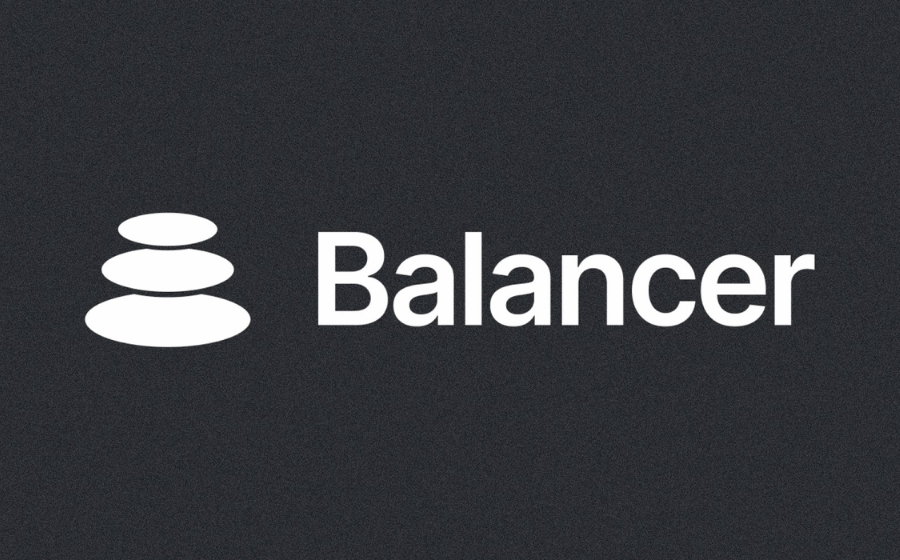
KEYTAKEAWAYS
- A $128M Balancer exploit shocked DeFi, exposing hidden smart-contract risks. Fast innovation met fragile security—forcing urgent upgrades, payouts, and industry-wide soul-searching.
- A massive $128M Balancer hack shows how flash loans and code flaws can destroy trust overnight, pushing DeFi toward stronger audits and safer designs.
- Balancer’s $128M attack revealed a critical contract bug and sparked panic, emergency shutdowns, and a huge compensation plan—DeFi’s wake-up call on security.

CONTENT

In the crypto world, DeFi (Decentralized Finance) is seen as a new and innovative model. It provides lending and trading services through smart contracts, without traditional banks. Balancer is an important liquidity protocol in DeFi. With flexible pool design, it helps users manage assets and earn returns.
However, early morning on November 3, 2025, the protocol faced a serious security attack. The attacker took about $128 million from the Balancer V2 Composable Stable Pools. This event hurt market confidence, and many DeFi tokens dropped in price, especially high-risk assets. This was not only Balancer’s problem. It was a warning for the whole DeFi ecosystem: innovation moves fast, but security risks remain.
The event happened early Sunday morning at around 2:00 AM Beijing time. Many global traders were sleeping. The attacker used a flash loan and manipulated the pool’s weight adjustment. At first, the trades looked normal, but soon funds started moving abnormally. One pool lost around $70 million, including ETH and USDC. On-chain data showed total losses reached $128 million.
VULNERABILITY IN CONTRACT DESIGN
Balancer V2 Composable Stable Pools are advanced. They allow users to combine different liquidity strategies. The pool weights can adjust dynamically to improve returns and reduce slippage. This flexibility is the key advantage of Balancer, but it also increases complexity.
The attacker used a critical flaw in the contract: an integer overflow in the weight calculation. When the attacker used a flash loan to add large fake liquidity, the pool’s asset ratio became distorted. A balanced 50% ETH and 50% USDC pool suddenly became extremely unbalanced. The attacker then removed real assets and paid back the loan, taking profit.
Months earlier, a security company called Webacy had already noticed this risk during an audit. They warned that the formula could fail under extreme conditions. But the issue was not fixed in time. At that time, the Balancer team was focused on new features to compete with Uniswap V4.
The development pace in DeFi is fast, and code reviews are sometimes delayed. This case was not unique. This year, there were several similar incidents in the DeFi space, with total losses over $2.17 billion. The Ronin bridge $600 million attack and the Poly Network exploit also came from design errors. Ethereum founder Vitalik Buterin later said that complexity in DeFi is a double-edged sword. Simple designs are often safer.
The attacker was very skilled. They likely had DeFi development experience and used edge-case behavior in Solidity. Blockchain tracking showed some funds moved into mixing tools to hide trace. This incident reminded the community that smart contract audits need strict processes, including edge-case testing and formal verification.
TEAM RESPONSE
The Balancer team reacted quickly. Only 15 minutes after the attack started, they triggered an emergency shutdown and froze affected V2 pools. This was a planned emergency measure tested in earlier audits. Founder Fernando Martinelli spoke in a live stream and official message: “This is our internal mistake, and we will take full responsibility.”
Then, the team worked with security firms like PeckShield and Certik to investigate. The result showed that the bug came from boundary conditions in high-frequency weight adjustments.
They promised to release a full report within 48 hours and launch version V2.1 with multi-signature security and stronger validation tools. For compensation, the treasury will cover 90% of losses. The rest will be decided by DAO voting, with priority for small holders. They also plan to burn some BAL tokens to help price stability.
The community reaction was mixed. Some praised the fast and transparent response. Others questioned why early warnings were ignored. A developer said the pace was too fast and edge-case testing was weak. Still, the compensation portal opened on November 4, and users began receiving funds. One user shared that not only did they get their loss back, but also extra tokens. This made them consider staying in DeFi.
LESSONS FOR DEFI
The Balancer event is like a mirror that shows deeper DeFi issues. In a decentralized system, there is no central authority, so responsibility lies in code and the community. Innovation is fast, but security sometimes falls behind. Many events this year show this pattern. After the Ronin attack, the community should have improved bridge security, but similar problems appeared again.
Experts suggest a “security first” mindset. For example, using formal verification to check logic or using AI-assisted audits. Layer-2 networks like Optimism are building security funds. Uniswap increased its security budget. Developer communities started open-source projects to share security best practices. Vitalik said: complexity is not the real problem — ignoring risk is.
In the long term, this incident may help DeFi grow more mature. It may bring more professional auditors from traditional finance and teach users to manage risk better. DeFi is not a zero-risk paradise. It is a field where caution is necessary.















